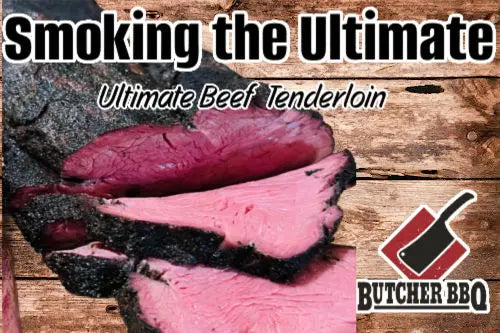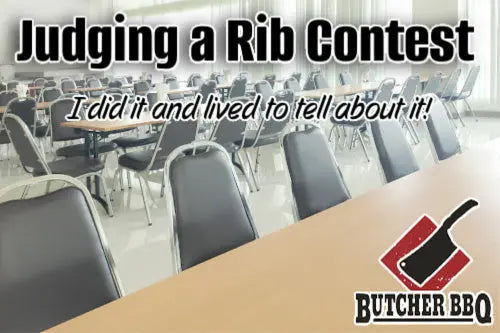
Recipe: Smoked Beef Tenderloin
Are you tired of the same old grilled burgers and hot dogs at your backyard barbecues? It's time to take your game to the next level with a show-stopping smoked beef tenderloin. Also known as filet mignon, this premium cut of meat is the perfect canvas for showcasing your smoking skills and impressing your guests.
What is Beef Tenderloin?
Beef tenderloin, or filet mignon, is the most tender and lean part of the cow. It's located at the back of the animal, near the spine, and it's the muscle that does the least amount of work, resulting in an incredibly soft and buttery texture. This cut is often considered the "crown jewel" of beef, and it's highly prized for its delicate flavor and melt-in-your-mouth texture.
Why Smoke a Beef Tenderloin?
Smoking a beef tenderloin may seem like a daunting task, but the end result is well worth the effort. The low and slow cooking process of smoking infuses the meat with a deep, smoky flavor that complements the natural sweetness of the tenderloin. Additionally, the gentle heat of the smoker helps to keep the tenderloin juicy and tender, ensuring that every bite is a delightful experience.
Ingredients and Equipment
To create the perfect smoked beef tenderloin, you'll need a few key ingredients and tools:
Ingredients:
- Beef tenderloin (filet mignon)
- Texas Bark Seasoning (or your favorite Butcher BBQ rub)
Equipment:
- Smoker or pellet grill
- Meat thermometer
Preparation
Before you start smoking, it's important to properly prepare the beef tenderloin. Begin by trimming any excess fat or silver skin from the meat. This will help the seasoning adhere better and ensure an even cook.
Next, generously season the tenderloin with your Texas Bark Seasoning (or your favorite BBQ rub). Be sure to coat the entire surface of the meat, including the sides. This seasoning blend will help to create a delicious "bark" on the outside of the tenderloin, while also infusing the meat with a robust, smoky flavor.
Smoking Process
Once your tenderloin is seasoned, it's time to fire up the smoker or pellet grill. For this recipe, we'll be using an indirect cooking method, which means the meat will be placed on the cooler side of the grill, away from the direct heat source.
Set your smoker or pellet grill to a temperature of 225°F to 250°F. You can use a variety of wood chips or pellets, such as oak, hickory, or mesquite, to impart a delicious smoky flavor.
Place the seasoned tenderloin on the grill grates, close the lid, and let the magic happen. Depending on the size of your tenderloin, it may take anywhere from 1 to 3 hours to reach your desired level of doneness.
Cooking Tips
As the tenderloin smokes, be sure to monitor the internal temperature using a meat thermometer. The ideal doneness for a smoked beef tenderloin is between 130°F to 135°F for medium-rare, or 140°F to 145°F for medium. Remember, the temperature will continue to rise as the meat rests, so it's best to pull it off the grill a few degrees before your desired doneness.
Once the tenderloin reaches the perfect temperature, remove it from the smoker and let it rest for at least 15 minutes before slicing. This resting period allows the juices to redistribute throughout the meat, ensuring a juicy and flavorful final product.
Serving Suggestions
When it's time to serve, slice the smoked beef tenderloin into thick, even pieces. The tenderloin's delicate texture and mild flavor pair beautifully with a variety of sides, such as roasted vegetables, mashed potatoes, or a fresh salad.
Don't forget to offer your guests a selection of sauces and condiments to complement the smoked tenderloin, such as a tangy BBQ sauce, a creamy horseradish sauce, or a zesty chimichurri.
Conclusion
Smoking a beef tenderloin may seem like a daunting task, but with the right techniques and a little patience, you can elevate your backyard barbecue to new heights. The combination of the tender, juicy meat and the deep, smoky flavor will have your guests raving about your culinary skills. So, fire up your smoker or pellet grill and get ready to impress with this show-stopping smoked beef tenderloin.




